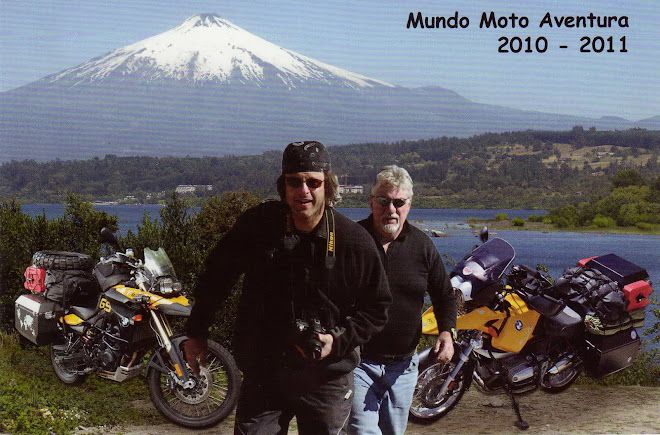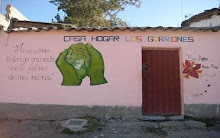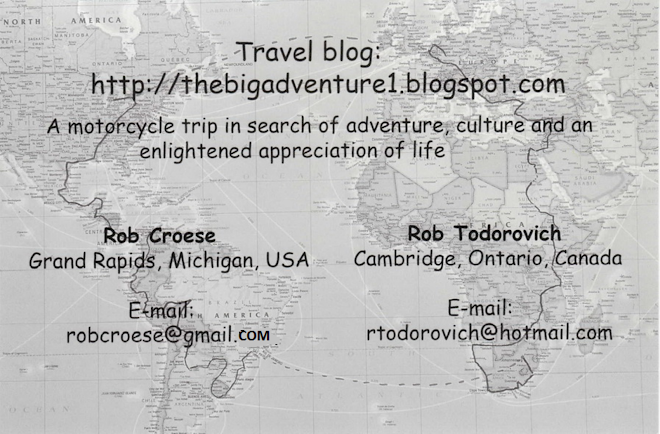Met the Chagga people in the Maranga Village near Mount Kilimanjaro. The village was down a dirt road set amongst banana trees and coffee plants. At one time it was all grassland. As I entered the village the first thing I was handed after the local greeting was “Jambo” (banana beer), a green banana mixture fermented over a 4 to 5 day period, depending on how strong you wanted the brew to be. It was not like “normal” beer, as all the sediment and particulate was present. You almost had to chew some of it. Had some beef/banana stew for lunch, again with green bananas which tasted surprisingly like potatoes. Very good, except for the fact that they do not waste any part of the animal, so intestines were mixed into the stew. The village had 3 different building structures, the grass hut was about 50 years old which would have been the first and most economical home, the wood structure was the next step up and finally the concrete/brick structure was the final step up in home ownership. These brick buildings could take up to 10 years to build depending on the family income. When they had some money they would build until it ran out. That explains why I have seen so many concrete shell structures.
Another view of Mount Kilimanjaro
The 3 house styles, the grass hut on the left, wooden one in the center and the brick on the right.
The grass hut
Banana beer
Yummy ....
Inside of the wooden house. The newsprint on the walls is used as decoration.
Beef/banana stew
One of the village kids came up to me with this guy on a stick, I took a photo thinking, wow, nice kid, then he asked for money ... so I gave him a dollar.
Cooking the beef/banana stew in the grass hut.
Village bar where they come after a day's works, drink banana beer, talk, then head home.
The 2 containers on the floor have various strengths of banana beer ready for this evening. They pour the beer into the colourful jugs at the top of the photo.
Next was a stop at the blacksmith shop where they make traditional items, such as Chagga and Masai spears for sale to tourists. These guys would hand pump bellows to blow air into the coals and another would hammer the forms.
Village blacksmith
Trying my hand at keeping the coals going.
Also toured some underground tunnels which the Chagga built to escape the Masai and later, the slave traders. The Chagga tribe and the Masai were warring tribes 200 years ago. These tunnels were an intricate labyrinth of corridors and chambers complete with ventilation shafts for fresh air and exhaust shafts for the kitchen. The exhaust shaft from the kitchen was built so it exited into an existing hut above ground and the fire in that hut was always burning so that no one could tell that there was an underground kitchen. The chambers were used for sleeping quarters, a kitchen and livestock quarters. There was also a separate tunnel to the river which they used to deposit the soil into the river that they dug out so the water washed it away ... no evidence. That tunnel was also used for access to the river so they could go to the washroom and so the animals, which also lived in the tunnels, had drinking water. At the entrance there was always a guard and you needed a password (which changed daily) to enter, if you failed to provide the proper one, you were killed without question and dragged into one of the tunnel chambers and only under cover of the night was the body dragged out. In the meantime it was covered in grass to reduce the smell and so the children didn’t see it. These tunnels would reach lengths of 1.5 km.
Entrance to the tunnel



























I would love to try some banana beer.
ReplyDelete